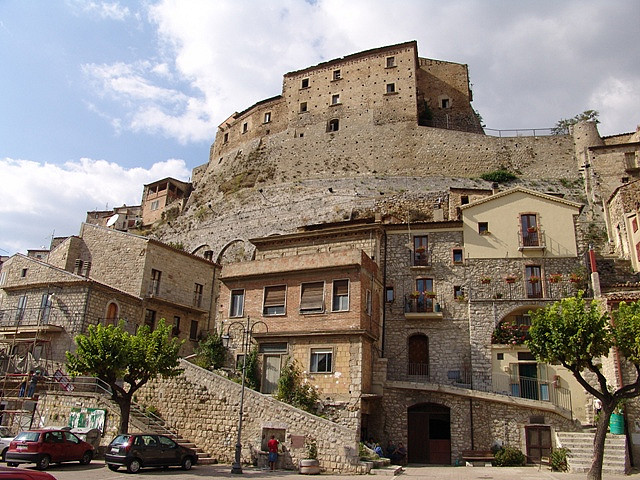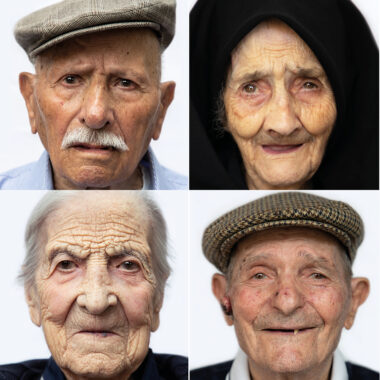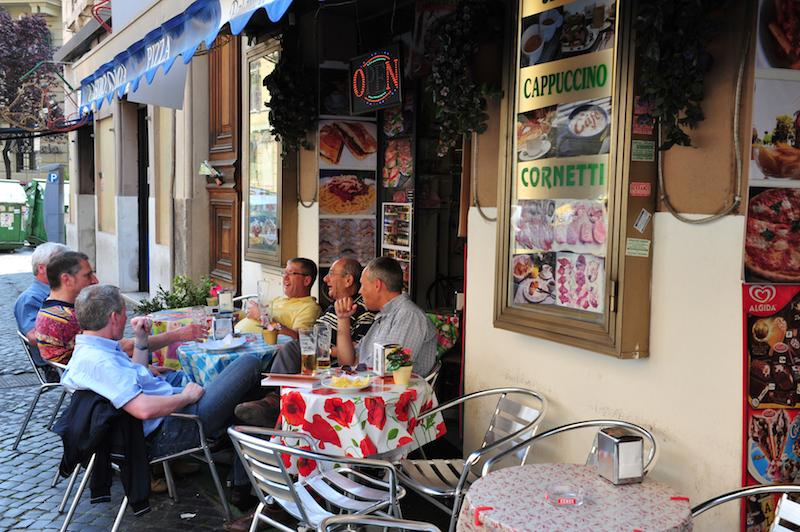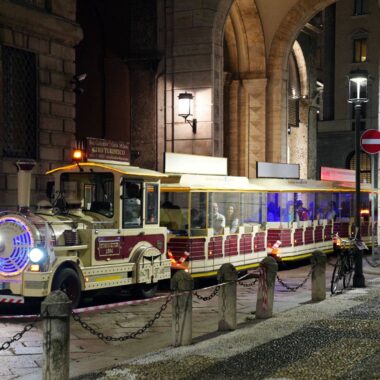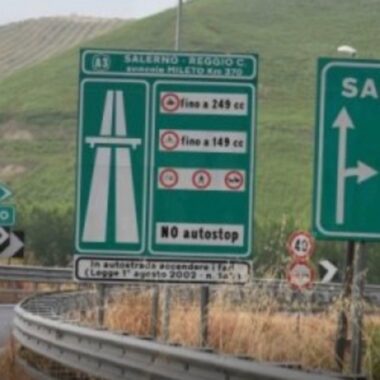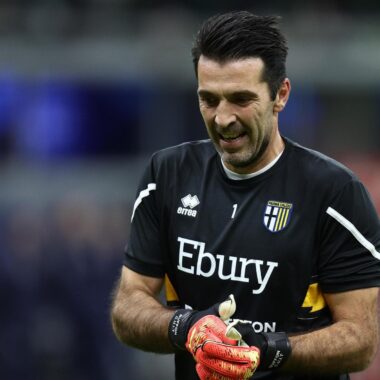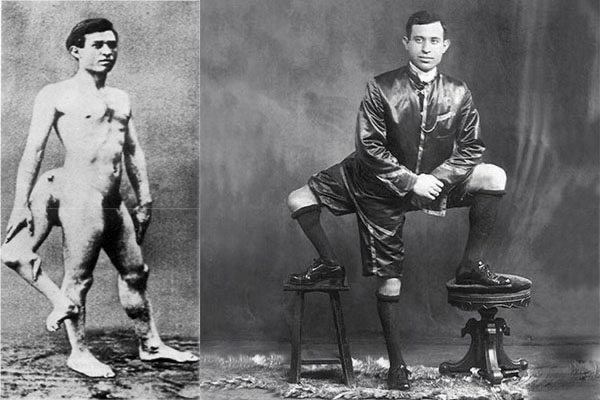The ‘Made in Italy’ is for many people a guarantee. Several consumers want to buy Italian products because their quality, design and reliability is certified by a long tradition in the field of textile. Several Italian brands have become famous worldwide because they are the symbol of the ‘Made in Italy’ production but can we consider it the result of a complete truly Italian production? Before answering, one should first really understand when an item can be considered a ‘Made in Italy’ product.

Made in Italy: the Label
This label has been used and overused so everybody has seen it at least once in their life when going shopping, but not all might know when this label can be put on an item so that it can be defined as an authentic Italian product.
When dealing with the field of textile several things have changed compared to the past when every part of the manufacturing process was carried out in the country: from the design to the finishing of an item.
Although the label ‘Made in Italy’ could imply the same idea among consumers, it is not always like this.
The concept of ‘Made in Italy’ is regulated by the European Community regulation n. 450/2008 establishing in its article 36 that a product can be considered made in a country if the last substantial transformation, corresponding to 51% of the product, is carried out in that country in order to understand where the prevailing manufacturing and finishing were made.
How can the consumer be misled? Actually, several people could think that every single step of the creation of the item they are buying actually takes place in Italy but this is not said.
This means that a company can buy the single pieces that need to use to make the product and simply assemble or sew them in Italy and it is done! The label ‘Made in Italy’ can be used also for those products who did not see the whole production in Italy and did not use Italian components.
Several brands have decided to move part of their production in Asian countries and particularly in China for reasons of reduction of costs as wages are extremely low compared to the Italian labor market. However, most Italian fashion designers reassure consumers saying that only a small part of the production is outsourced and usually includes second lines, which are also cheaper, that are made especially in China, Northern Africa or Turkey, while most of the needlework is sent to India.
100% Made in Italy and completely Italian products
How can the consumer rely on a product totally designed, manufactured and finished in Italy? Actually several manufacturers making a product that is Italian in all its single components and parts ask for 100% Made in Italy certification; it differs from the simply ‘Made in Italy’ certificate as it ensures that the product is totally and enterily produced in the country, the semifinished products are exclusively made in Italy, the raw materials and components are first quality and Italian, the design is exclusive of the company, the manufacturing is traditional and typical of the country.
The 100% Made in Italy label gives the consumers the possibility to buy something that is truly completely Italian as they expect it to be. More and more companies have decided to ask for this recognition and here is a list of some things that can still be considered totally made in Italy:
Ceramics, terracotta and mattonelle: Italy is one of the leading countries in the production of ceramics, terracotta and some famous types like Deruta, ceramiche di Vietri or Capodimonte which are 100% produced in Italy. Some of them are still made in ancient botteghe signing them with the name of the artist which is a mark of distinction. Typically Italian marbles like the famous marmo di Carrara are products which still ensure an authentic product.
 With Deruta ceramics you are sure you get 100% Made in Italy products!
With Deruta ceramics you are sure you get 100% Made in Italy products!Textile: although some famous brands have outsourced some parts of their production, there are still some that boast a 100% Italian production. You will find some traditional shops, often family-run, which follow the ancient textile tradition using methods which were passed on from one generation to another one. This includes textile like silk, leather and items like shoes, shirts and ties.
Food: the authenticity of food cannot be threatened as there are local certificates of origins safeguarding what is the main strengthof Italian economy. IGP, DOC or DOP are all certificates given to products whose birth, growth and finishing is linked to the Italian territory following traditional methods.
There are brands and traditional small textile family-run companies whose production is still 100% made in Italy in all its steps. From there it comes some puzzlement and criticism: a company that simply assembles or refines in Italy will have the same ‘Made in Italy’ label as the one that makes products in Italy. This is what the law establishes but are the consumers well-informed about it, even abroad? This is the reason why many companies have decided to request the 100% Made in Italy certificate. When purchasing a ‘Made in Italy‘ product there is a whole history in the care for quality and details which is neglected when producing abroad.
Perhaps few people are interested in it because they are more interested in the brand itself and the status it represents or the image it can give, but be aware that not everything that is ‘Made in Italy’ saw all the parts of its life in the country; at least this does not affect the food and wine industry which are safeguarded by local and national certificates of origin and authenticity ensuring a 100% Italian product.
Author: Anna De Filippo










